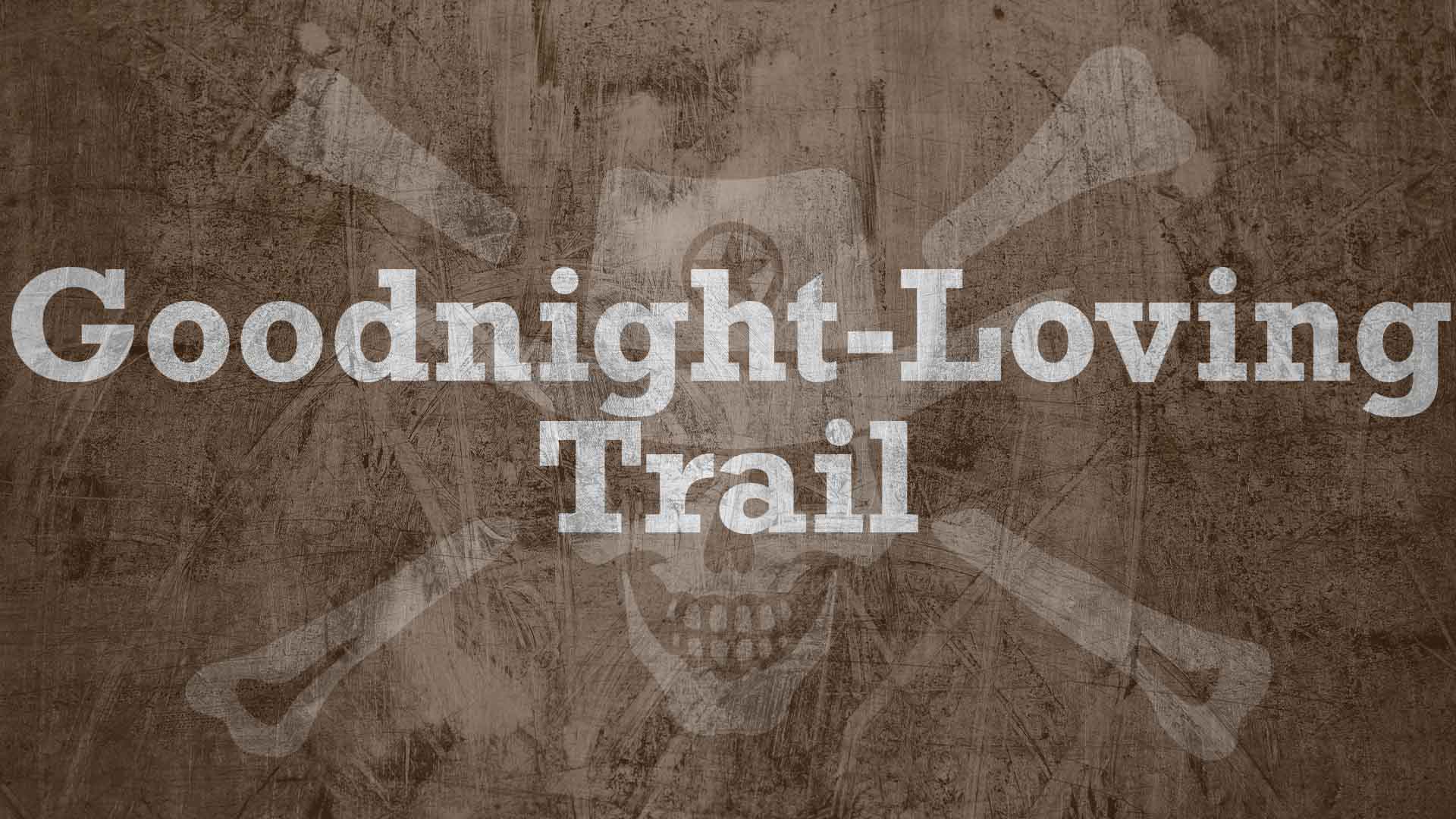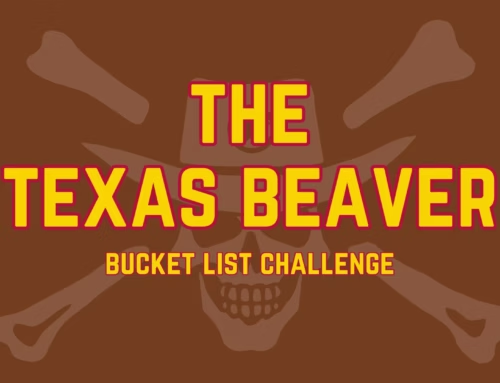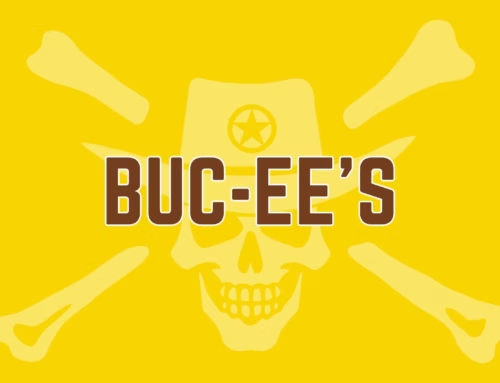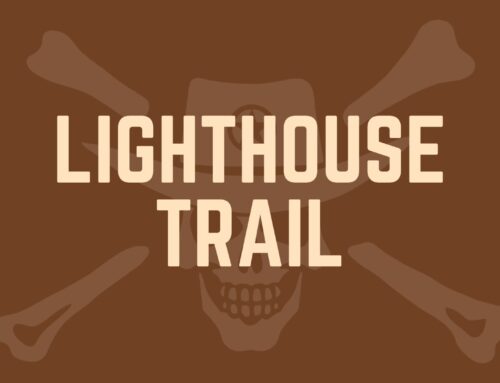Goodnight-Loving Trail: Legendary Cattle Drives
The Goodnight-Loving Trail is a significant historic cattle trail in American history. It played a crucial role in the cattle industry during the late 19th century. This trail facilitated moving cattle from Texas to markets in New Mexico and Colorado, contributing to the economic development of the American West.
Origins of the Goodnight-Loving Trail
Charles Goodnight and Oliver Loving established the Goodnight-Loving Trail in the mid-1860s. They recognized the need for a new trail to transport cattle from Texas to western markets. Their collaboration resulted in a trail that became one of the most famous in cattle-driving history.
Goodnight and Loving faced significant challenges, including hostile territory and the threat of Native American attacks. However, their determination and strategic planning allowed them to overcome these obstacles, paving the way for successful cattle drives.
Route and Geography
The trail started in Texas, near Fort Belknap, and extended through New Mexico into Colorado. It passed through key cities such as:
- San Angelo, Texas
- Pecos, Texas
- Fort Sumner, New Mexico
- Trinidad, Colorado
- Denver, Colorado
The route was chosen for its access to water and grass, essential for the cattle during the long drives. These natural resources ensured that the cattle remained healthy and well-fed throughout the journey.
The trail traversed diverse landscapes, from the plains of Texas to the rugged terrains of New Mexico and Colorado. Each section of the trail presented unique challenges, such as river crossings and the harsh desert environment. However, Goodnight and Loving’s strategic planning and experience allowed them to navigate these difficulties successfully.
Driving Cattle on the Trail
Driving cattle along the Goodnight-Loving Trail required careful planning and coordination. These drives typically began in the spring and could last several months. A single drive could include thousands of cattle, managed across challenging terrain and potentially hostile territory.
Cowboys played a vital role in these drives, ensuring that the cattle were well-fed and protected from rustlers and predators. The trail boss, usually an experienced cowboy, made critical decisions about the route and timing of the journey. Each cowboy had specific duties, from riding point to ensure the herd stayed on course, to riding drag, a dusty and challenging task.
Life on the Trail
Life on the Goodnight-Loving Trail was both adventurous and perilous. Cowboys faced numerous challenges, from stampedes and river crossings to encounters with Native American tribes and rustlers. Despite these dangers, cowboys developed a unique culture characterized by resilience and camaraderie. Nights on the trail were often spent around campfires, where cowboys sang songs, shared stories, and built the camaraderie essential for the success of the drive.
Meals were basic, often consisting of beans, biscuits, and coffee, all prepared by the chuckwagon cook. The chuckwagon, a mobile kitchen, carried all the supplies needed for the journey. The cook, known as “Cookie,” not only prepared meals but also served as a medic and sometimes a counselor for the weary cowboys.
Impact on New Mexico and Colorado
The Goodnight-Loving Trail significantly impacted the regions it connected. New Mexico and Colorado saw economic growth due to the influx of cattle driven along the trail. The trail facilitated developing cattle markets and contributed to these regions’ overall economic prosperity.
Fort Sumner in New Mexico became a key stopping point for cattle drives. The availability of resources and the strategic location of the fort made it an ideal place for cowboys to rest and resupply. Similarly, Denver, Colorado, emerged as a significant cattle market, benefiting from the steady supply of cattle driven along the Goodnight-Loving Trail.
Decline of the Goodnight-Loving Trail
The Goodnight-Loving Trail saw its peak during the 1860s and 1870s. However, the expansion of the railroad network and the establishment of new cattle routes eventually led to its decline. By the late 1870s, the trail was largely abandoned as cattle could be transported more efficiently by rail. The end of the open range era, marked by the introduction of barbed wire and private ranches, also contributed to the trail’s decline.
Despite its decline, the legacy of the Goodnight-Loving Trail continued to influence the cattle industry. The development of more efficient transportation methods and the shift towards more sustainable ranching practices were direct results of the lessons learned during the era of the great cattle drives.
Legacy and Historical Significance
The Goodnight-Loving Trail remains a significant part of American history. It facilitated the cattle industry and contributed to the mythos of the American cowboy and the development of the West. Today, historical markers and preserved trails commemorate its legacy, allowing us to reflect on this transformative period in American history. The trail’s impact is evident in the countless books, movies, and songs that celebrate the era of the cowboy and the cattle drive.
Reenactments and historical events held along the trail route provide a glimpse into the past. These events offer educational opportunities for new generations to learn about this pivotal period. Museums and heritage centers, such as the National Cowboy & Western Heritage Museum, preserve artifacts and stories from the trail, ensuring its legacy endures.
Key Historical Figures
Several notable figures emerged from the era of the Goodnight-Loving Trail. These include Charles Goodnight and Oliver Loving, who played pivotal roles in establishing and popularizing the trail. Their innovations, such as the development of the chuckwagon by Goodnight, revolutionized the logistics of cattle drives. Their collaboration and determination ensured the success of the trail and left a lasting impact on the cattle industry.
Other significant figures include cattle barons and trailblazers who contributed to the development and success of the trail. These individuals, through their vision and determination, helped shape the cattle industry and the American West.
Modern-Day Commemoration
Today, the Goodnight-Loving Trail is celebrated through reenactments, museums, and historical sites. Towns along the route, such as Fort Sumner and Denver, host events that honor the trail’s heritage. These events attract tourists and history enthusiasts from around the world. They often include cattle drives, rodeos, and cowboy festivals, providing an immersive experience for visitors.
Modern-day trail rides, organized by historical societies and cowboy associations, retrace sections of the original trail. They offer participants a chance to experience life as it was during the era of the cattle drive. These rides not only honor the past but also foster a sense of community among participants who share a passion for preserving this unique aspect of American history.
Conclusion
The Goodnight-Loving Trail was more than just a path for cattle drives; it was a conduit for the expansion of the American frontier and the development of the cattle industry. Its legacy is preserved in the stories of the cowboys who braved its challenges and the towns that flourished because of it. The trail’s influence can still be seen today in the cultural identity of the American West, where the spirit of adventure and resilience continues to inspire.
Recommended Outbound Links
